Lead generation and its correlating sales activities is at the core of my Fractional Sales Leadership practice. I encounter questions about this subject from business owners and top executives regularly.
I began covering this hot topic in a previous blog. To review, lead generation should be an ongoing activity, no matter what your sales results are showing. If your company is committed to growth, it needs a robust and diversified lead generation strategy and execution plan year-round.
To refresh on these fundamentals, check out my previous article where they are outlined in more detail-How Do I Generate More Qualified Leads?.
In this sequel piece, I am focusing on the key lever that generates the highest impact on lead generation ROI: How to engage your salespeople in the critical function of lead generation.
Lead Generation in the Information Age
In my experience of working with small and mid-sized businesses, I have found there is notable confusion around the best way for marketing and sales to partner in modern day lead generation initiatives.
That is understandable given that the current digital age marks the most substantial shift in B2B marketing we’ve ever seen. We have instant access to more potential customers than ever before. We have more information to sift through than we know what to do with. While this is extremely valuable, it can become overwhelming and difficult to determine the appropriate positioning of your sales and marketing teams.
The good news is that the information age has progressed to a point of maturity on how it has applied itself to all four of the primary business models. Sure, it will continue to evolve just as we’ve seen in previous revolutionary shifts that have had a strong tie to socio-economic conditions, but at this point, the digital age has settled in enough for us to leverage its benefits for powerful marketing and sales campaigning.
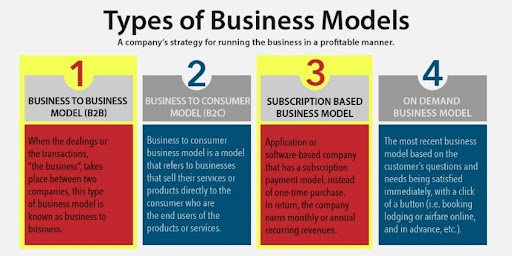
In my Fractional VP Sales practice, I focus on the two business models highlighted in yellow. A large area of opportunity my colleagues and I are seeing in those areas is the underutilization of a company’s salespeople relating to Marketing Funnel participation.
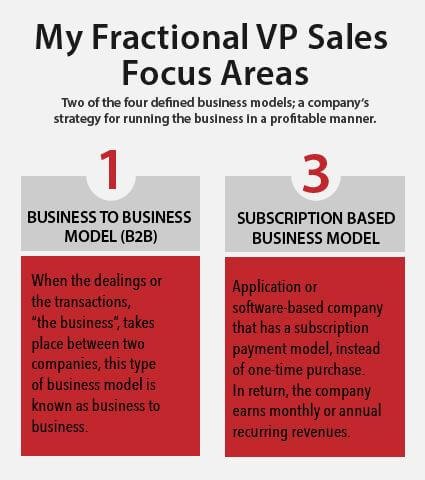
First, it’s important to note that this cross-over point for marketing and sales differs in the four core business models I cited. In the case of my focus areas, they are consistent.
Therefore, that’s the lens we’ll look through for the remainder of this article.
If your business adheres to one of the other models, please note some of the insights I share may not apply.
The digital era has opened the door to new, more creative methods for prospecting, a component within the full scope of lead generation. Let’s look deeper by reviewing how the Marketing Funnel and Sales Pipeline intersect.
Sales Participation Misnomers
Given our coverage across the US and exposure to hundreds of small and mid-sized businesses, we’ve broadly concluded that sales underutilization in the area of lead generation is the result of these three common reasons:
- The company doesn’t understand how to engage their sellers effectively in the Marketing Funnel. We see salespeople being intentionally kept on the fringes until the marketing team determines the lead has evolved into a marketing qualified lead (MQL).
- Sales teams are being expected to continue producing results in an entirely new landscape. New sales skills are needed to effectively engage in business development activity (lead generation) that heavily relies on unfamiliar digital tools and communication methods. Essentially, the sales playbook has changed and the sellers weren’t given or trained on the new copy!
- There is a misunderstanding by sellers on what their role is regarding prospecting activity in the digital age of lead generation.
While this next image humorously depicts a seller waiting for leads to fall into his hands, ironically, it isn’t an uncommon sales mindset based on what I consistently encounter in client settings.

I feel this mindset is the result of numerous digital marketers writing articles about the seller’s new role in current day selling. Or, eBooks plastered all over the internet about cold calling being dead.
These approaches advocate that the seller shouldn’t have an active role in the buyers journey until the lead is ready to enter their sales pipeline; until it “falls into their hands”.
In the live business settings I engage in every day, this is the real story…
- Sales wants and needs to play an active role in lead generation, just as they do prospecting. These functions are the lifeblood of their sales pipeline. They need to be executed masterfully for the seller to capture the amount of lead flow required to achieve their sales goal.
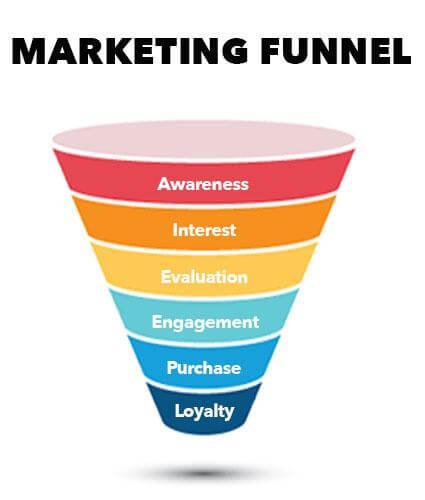
2. Marketing wants and needs sales to be more engaged in progressing leads through the Marketing Funnel, especially when the lead starts interacting in the “Interest” and “Evaluation” stages. They want to see their creative, brilliant work turn into tangible ROI… closed deals; not just marketing qualified leads (MQL) handed off to the sales department.
3. Top executives absolutely want and need to see both sales and marketing functions
hitting on all cylinders to maximize the company’s ROI on these high-impact resource
investments.
If you are a top executive faced with changing these dynamics in your
organization, I’m happy to be a sounding board to help you get started.
Navigating the Sales Pipeline
Now it’s time to introduce Sales Pipeline methodology. Notice how the last pipeline stage is “Sale”, the
same function as the lower Marketing Funnel stage, “Purchase”? Here’s the difference between these
two different methodologies that both focus on driving a lead from inception to close.
Marketing owns the Marketing Funnel. A lead enters the Marketing Funnel when contact is made with
a new lead. Marketing's objective is to draw out engagement from leads with the goal to convert them
into marketing qualified leads (MQLs). At that point the lead is handed off to Sales for entry into the
Sales Pipeline where further qualification occurs.
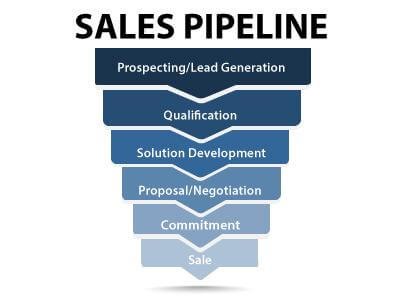
Sales owns the Sales Pipeline. The purpose of the pipeline is to draw in leads from various
methods/sources, including the marketing funnel’s contribution.
Sales’ first objective upon a lead entering their pipeline is to qualify that the lead aligns with the
company’s Ideal Customer Profile (ICP). If it does, it is sales’ job to run the lead (now a prospect),
through a prescribed sales process with the goal of closing the sale.
Once the salesperson gets to the “Qualification” in their sales pipeline process, they are back in the
traditional sales realm that’s been the same through the ages.
The key to success as your seller drives to the finish line is that they are equipped with a strategically
designed, well-documented sales process. And that they are well trained to navigate it exceptionally well,
with precision and predictability.
Check out the article I wrote on sales process design called, Does Your Sales Process Generate
Predictable Results?
Key Takeaways
I’ve covered a lot of ground in this 2-part series by doing my best to answer the questions I’m fielding
day-in and day-out on lead generation. As I pull us back up to a 50,000-foot view, here are the key points
to remember…
- The information age marks the most substantial shift in B2B marketing we’ve ever seen. Use the guidance provided in this 2-part article series to integrate your sales and marketing functions.
- Attract and secure “the right” new business by defining your Ideal Customer Profile (ICP) and training marketing and sales resources accordingly.
- Utilize a mix of lead generation methods to feed your sales pipeline with healthy, diversified lead flow that is paced correctly to achieve current and long-term sales growth goals.
- Take note of the Marketing Funnel and Sales Pipeline intersect points and design your sales playbook to make sales and marketing roles and key accountabilities incredibly clear.
…and remember, no matter what your sales results show quarter over quarter or fiscal year-to-date, your sales team should always be prospecting.
If you’d like to discuss the improvement you’re looking for in your lead generation process, contact me at Chris @ Sales Growth Advisors or book a call through my Scheduling Tool.
I also invite you to follow me on LinkedIn to gain exposure to future article posts that will offer more valuable selling insights.
TAKE MY SALES AGILITY ASSESSMENT
——————————————————————————————————————————
I am part of a national group of Senior Sales Leaders who collaborate to share insights like the examples shown in this article. We formed because of our shared passion to help business leaders exponentially grow their revenue.
Chris Tully
President | Sales Growth Advisors LLC

(Phone) 571-329-4343
(Email) crtully@salesgrowthadvisor.com
(Schedule) Here is my calendar link!
(Web) www.salesgrowthadvisor.com
(Blog) https://www.salesgrowthadvisor.com/insight/blog/

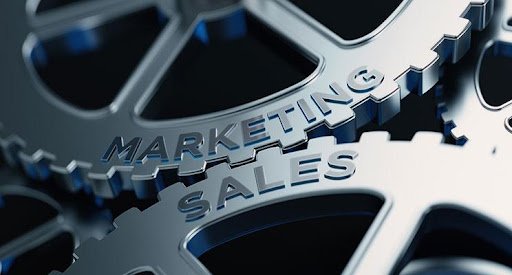





Leave A Comment